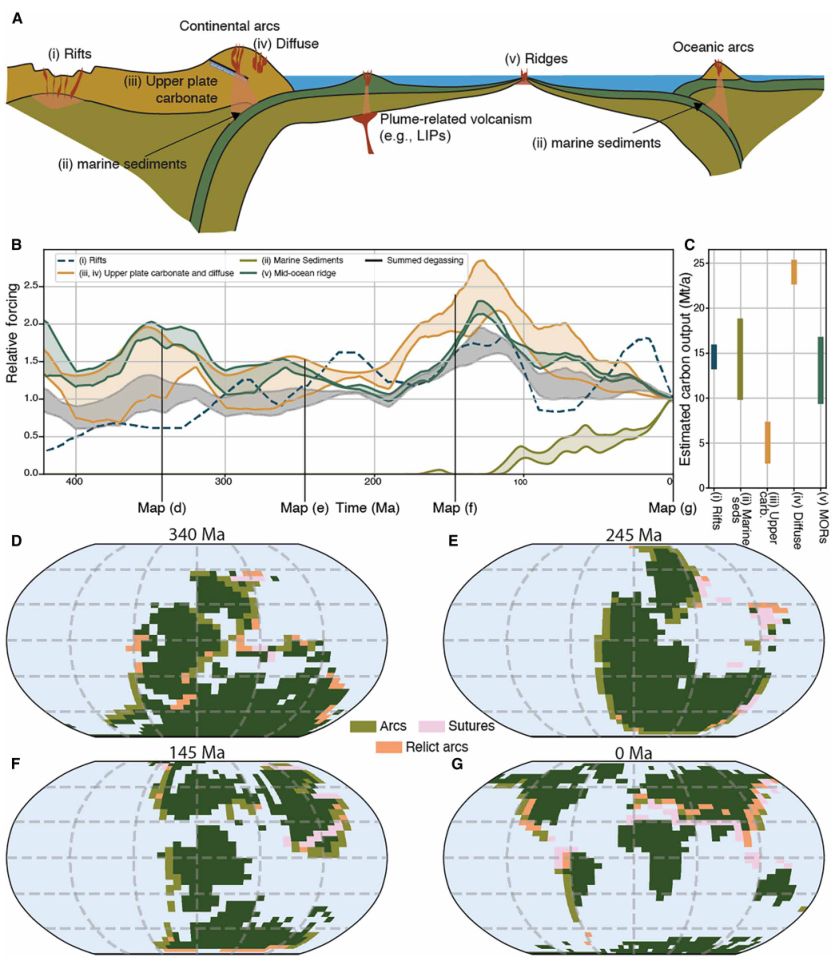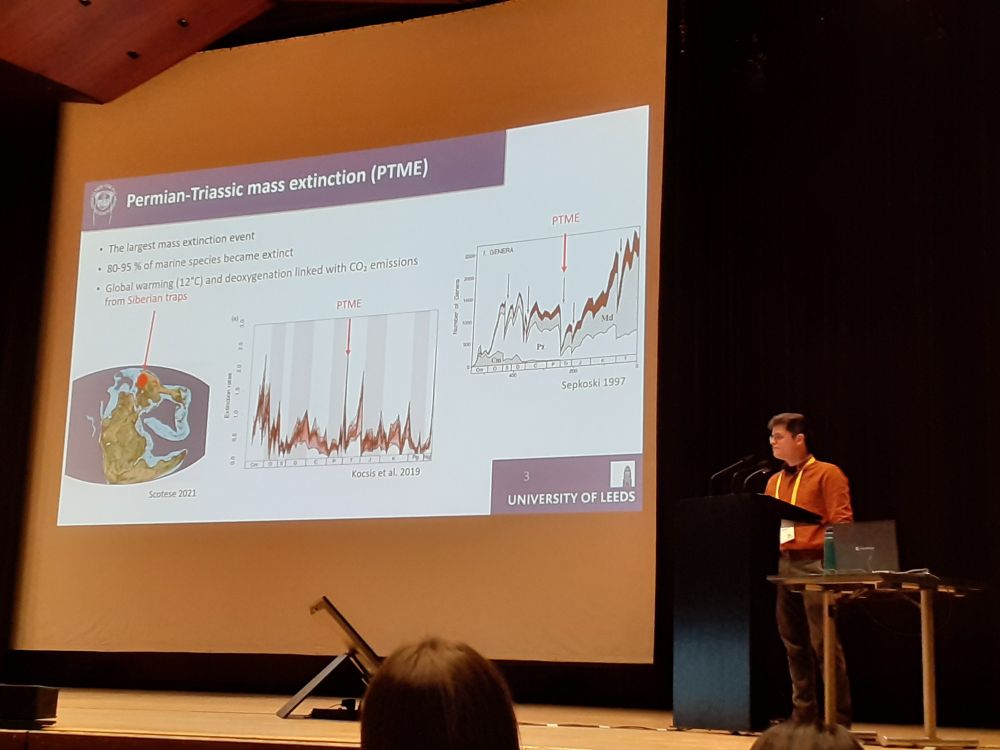
the School of Earth and Environment at the University of Leeds.

environment.leeds.ac.uk/news/article...
environment.leeds.ac.uk/news/article...

lifeandplanet.com

lifeandplanet.com
doi.org/10.32942/X2D...
doi.org/10.32942/X2D...



leedsga.org.uk/event/ecosys...
leedsga.org.uk/event/ecosys...
blavatnikawards.org/honorees/pro...
blavatnikawards.org/honorees/pro...
theconversation.com/how-poetry-c...

theconversation.com/how-poetry-c...
See our new paper on this here: www.science.org/doi/10.1126/...

See our new paper on this here: www.science.org/doi/10.1126/...
He's nominated for his accomplishments in Earth System Modelling, through which he's developed our understanding of Earth's evolution.
www.linkedin.com/posts/blavat...

He's nominated for his accomplishments in Earth System Modelling, through which he's developed our understanding of Earth's evolution.
www.linkedin.com/posts/blavat...
www.palass.org/awards-grant...

www.palass.org/awards-grant...
12 mins in...
www.bbc.co.uk/sounds/play/...

12 mins in...
www.bbc.co.uk/sounds/play/...

All welcome.

All welcome.

All welcome.
Abstract submission for the CPEG Meeting & Conservation Paleobiology Symposium closes soon!
🗓️ Abstract deadline: Feb 1st, 2025
🕒 Early bird pricing ends: April 1st, 2025
Details on keynote speakers, deadlines, fees, workshops & more below!
👉 cpeg-cpb25.uzh.ch/en.html
# CPEGCPB25

yes-dtn.ac.uk/research/arc...

yes-dtn.ac.uk/research/arc...





